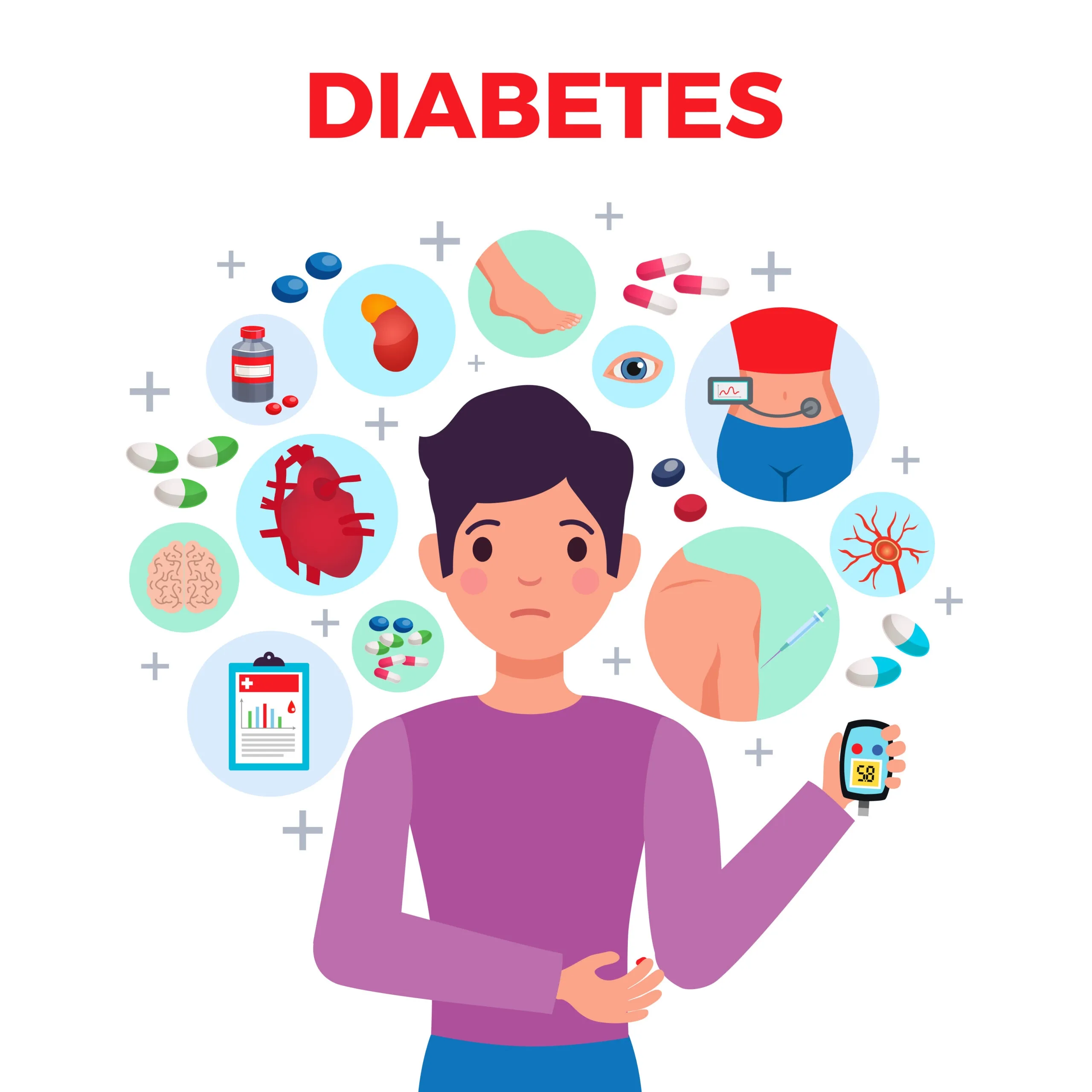Patients with type 1 diabetes constitute the lowest percentage of patients with diabetes who attend cardiology consultations.They suppose a percentage somewhat less than 20 % of those served in these consultations and the most common cause they come for is because of the early debut of cardiovascular disease.They are patients who develop cardiovascular pathology about 10-20 years before the patient with type 2 diabetes.
It is more frequent that these patients are associated with more extensive coronary disease, with diffuse affectation and with small vessels.They also usually have dysfunction VI, more risk of sudden death and more macro and microvascular affectation in other territories.
degree of risk
Taking into account the 2019 dyslipemia guides and cardiovascular prevention of 2021, the key is not so much to apply risk scales, but to identify the degree of risk of each patient.By definition, except patients under 40 and with an evolution time of less than 10 years since the beginning of the disease are the only ones in which the Score risk scales can be applied.
In the rest of the patients, the key is to define whether high risk (LDL & LT objectEffective cardiovascular risk.In these patients, therefore, apply conventional risk scales is not applied.
The typical characteristic of these patients is the presence of an atherogenic profile, with a predominance of triglycerides and low density particles, with greater risk of penetrating the endothelium and increasing the risk of plaque accident.
objectives
The objectives to be achieved depend on each group of patients.In children under 40 and with less than 10 years of evolution of the disease, without evidence of organ injury Diana The lipid objective is an LDL & LT; 110.
Regarding high -risk patients, the objective of LDL is less than 70 mg/dl.As for patients with very high risk, the LDL target is less than 55 mg/dl.On the other hand, the objective of triglycerides must first be able to achieve adequate glycemic control and if the LDL figures are controlled according to their estimated risk and triglycerides are above 180 mg/dl would be indicated the specific treatment the specific treatmentof triglycerides figures.
pre -combined guideline
Thus, the beginning of combined therapy should be a priority in patients with diabetes and high or very high risk.
The available evidence points to the effectiveness of intermediate doses in combination against high doses in monotherapy.In the same way, the strategy based on the combination in the same pill also offers results in the same line.Therefore, if proper control is not achieved in a risk patient, combined treatment should be a priority to achieve the objectives.


